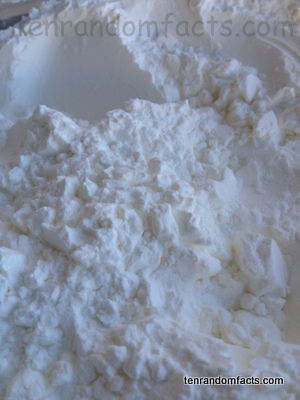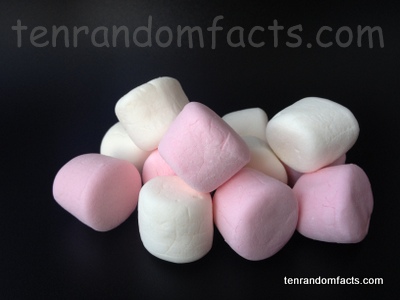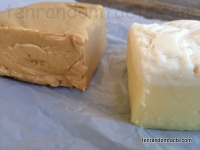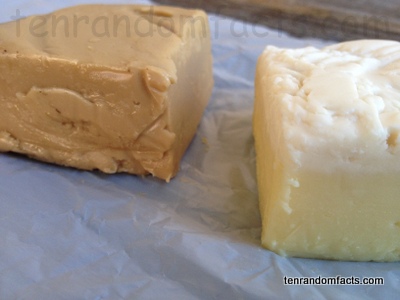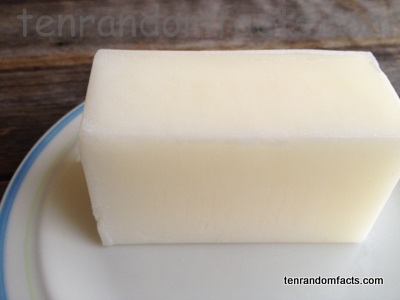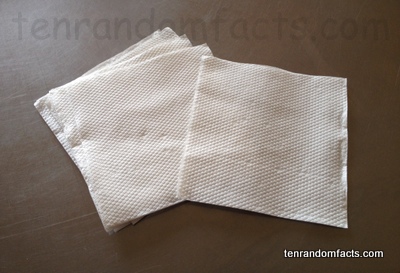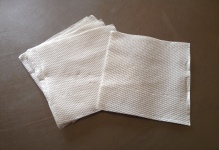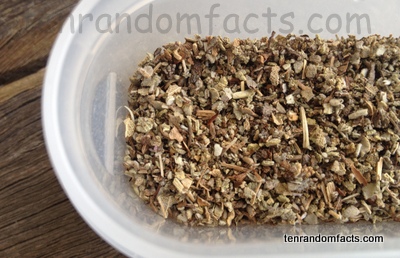
Do not starch these facts with corn starch!
- Corn starch is a thickener used in cooking, that is extracted from the endosperms of corn or maize kernels and the product is said to have been originally used for starching laundry.
- ‘Corn starch’ is also known as ‘cornstarch’, ‘maize starch’, ‘maizena’ and ‘corn flour’, although in some countries, wheat starch is sometimes labelled as ‘corn flour’.
- Corn starch is often used to increase the thickness of soup, sauce, custard and other condiments, as well as the mixtures of bakery items.
- Pure corn starch is gluten free, and it can be replaced with arrowroot effectively, typically by the same ratio.
- Corn starch is extracted by softening and lightly fermenting the corn kernels, then the starch is removed and later dried.
- Corn starch, when mixed with water in the correct ratio, produces a substance named Oobleck with properties that deflect fast moving forces but not slow-moving forces.
- Corn starch is typically white in colour, and is almost always in a very smooth powdered form, and when cooked, it typically loses its colour, becoming transparent, unlike flour that the starch often replaces.
- When corn starch is added to liquid for thickening purposes, it is best to heat the mixture to a temperature of 100°C (212°F), to produce the most satisfactory thickened result.
- The United States business, Colgate and Company are said to be the first to produce corn starch, in 1844, and soon after, Thomas Kingsford, an employee who is said to be the inventor, began a factory in New York to produce the substance.
- Corn starch is very high in carbohydrates and has small quantities of selenium and other minerals.
Bibliography:
Corn starch, 2014, Wikipedia, http://en.wikipedia.org/wiki/Corn_starch
Cornstarch, 2010, Cooksinfo.com, http://www.cooksinfo.com/cornstarch
The History of Cornstarch, n.d, Eye-on New Media, http://www.eyeon-newmedia.co.za/schweizer/docs/Reports%20-%20General/The%20History%20of%20Corn%20Starch.pdf
What is Cornstarch?, 2014, WiseGEEK, http://www.wisegeek.org/what-is-cornstarch.htm





